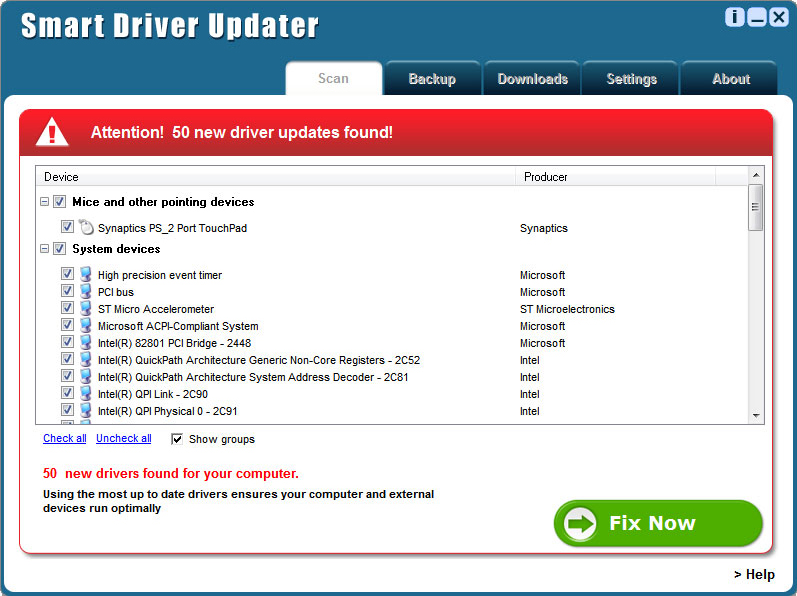

Just be sure to save your existing personal files like images, music, and more before taking that action. If all else fails, you can factory reset Windows 10 and start fresh. Once you’ve updated your drivers, your device should be ready to use with Windows 10. For example, if you have an NVIDIA graphics card installed, you can update the driver for the card via NVIDIA’s official website. You can also update drivers through the device’s company website. Manual Driver Install through Manufacturer’s/Device’s Website From there, you can also update the driver. If you need details on the current driver, select Properties instead. Find the device that requires a driver update and right-click it, then select Update Driver.Right-click the Start Menu and select Device Manager.Manual Driver Install through Device Manager We’ll go over the different methods, so you can choose which way works best for you. If you want to update your drivers manually, there are a few ways. How To Manually Update Drivers in Windows 10 If you don’t want Windows to install the driver software, select the second option: Never install driver software from Windows Update. Clicking the second option to install drivers manually brings up several other options.Automatic updating is the easiest method, whereby Windows will habitually check for driver updates and install them. Choose whether to let Windows automatically download the driver software or do it yourself.In the Cortana search bar, type Change device installation and click on Change device installation settings.To change the settings for automatic driver installation on Windows 10, you need to find the driver settings page first. How To Update Drivers on Windows 10: Automatic Installation Furthermore, driver updates fix compatibility issues, errors, and broken code, in addition to adding features to the hardware.


 0 kommentar(er)
0 kommentar(er)
